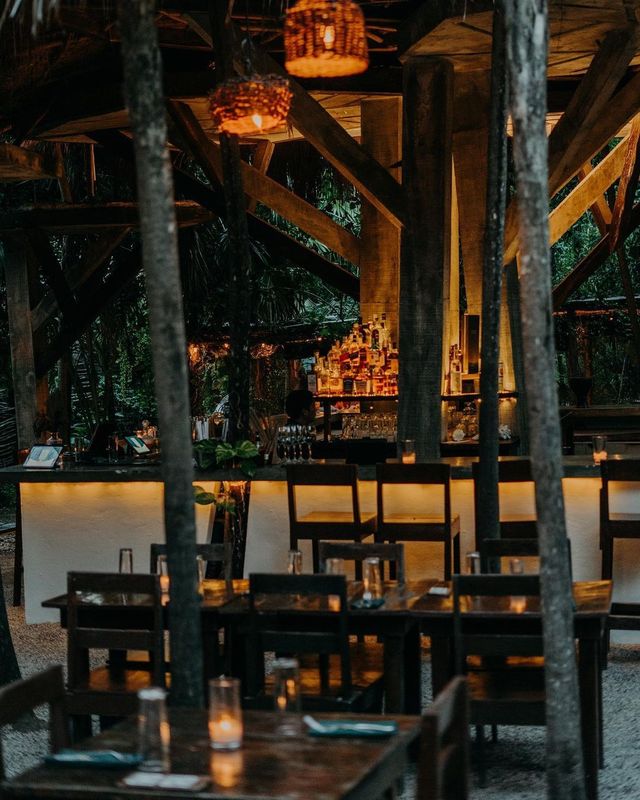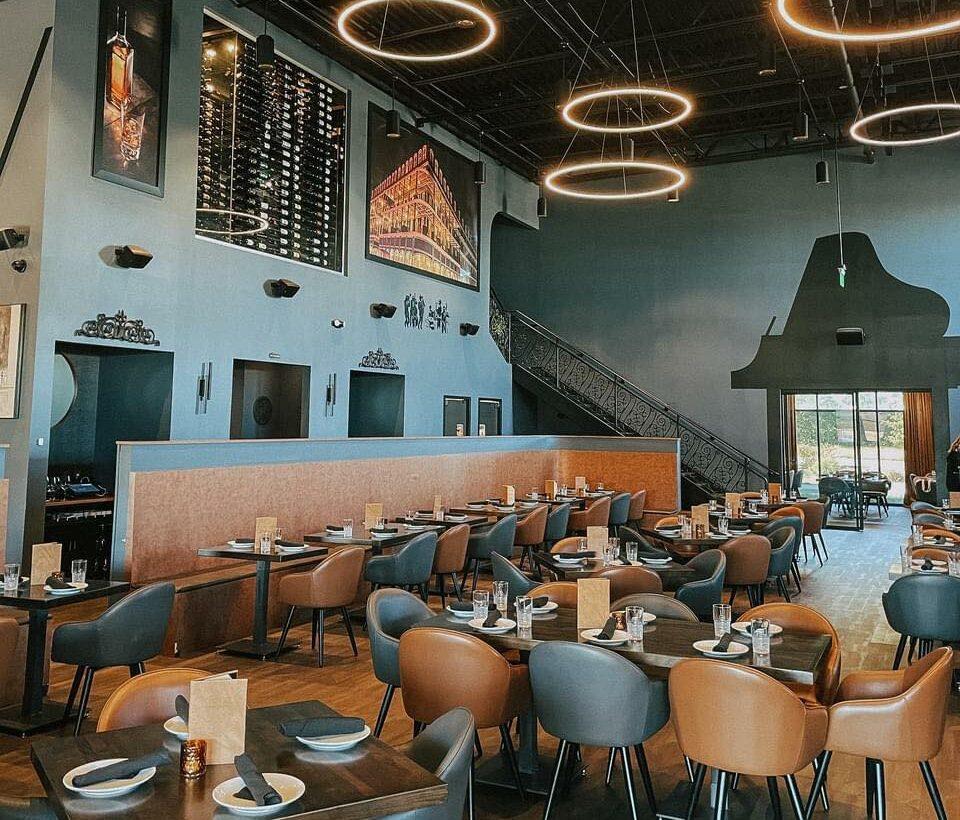Best Asian Restaurant Islamabad: Experience Tastes from Throughout Asia
Savor Genuine Eastern Cuisine With a Pan-Asian Twist for a Cooking Journey
Beginning on a cooking trip through authentic Asian cuisine, enhanced with a Pan-Asian twist, uses an unique opportunity to discover the rich tapestry of tastes that define the area's diverse culinary customs. As you contemplate these tempting dishes, think about the cultural narratives and historic influences that shape them, each bite providing a story waiting to be discovered. asian restaurant isb.

Exploring Pan-Asian Flavors
In the world of global gastronomy, Pan-Asian cuisine sticks out for its remarkable variety and the unified interplay of flavors from various Asian cultures. This culinary technique celebrates the rich practices and special components discovered across the continent, creating a tapestry of tastes that is both appealing and rewarding. Key to Pan-Asian food is its capability to stabilize contrasting flavors-- wonderful, salty, spicy, and sour-- while highlighting the freshness and quality of each ingredient.
From the umami-rich soy sauce of Japan to the intense chili peppers of Thailand, Pan-Asian food offers an extensive scheme of flavors. These elements are often integrated in creative ways, enhancing meals with layers of intricacy. As an example, using aromatic natural herbs such as lemongrass and cilantro, usual in Vietnamese and Thai cuisine, adds a revitalizing illumination to dishes, while the incorporation of coconut milk provides a luscious, rich appearance.
The emphasis on fresh fruit and vegetables and aromatic seasonings guarantees that each meal is not only a banquet for the taste buds yet additionally for the senses. Pan-Asian cuisine invites diners to begin on a culinary trip, exploring the substantial and differed landscapes of Asian gastronomy with every bite.
Blend Recipes to Try
While Pan-Asian cuisine is commemorated for its typical tastes, the modern-day cooking landscape is increasingly accepting blend dishes that blend these classic components with impacts from various other areas. This ingenious technique not only honors the rich heritage of Eastern culinary arts however likewise introduces novel preference experiences that attract contemporary tastes buds.
An archetype of such a fusion recipe is the Korean-Mexican taco, where marinated bulgogi beef is wrapped in a cozy tortilla, topped with kimchi and a zesty gochujang-infused salsa. This mix marries the bold, full-flavored flavors of Korea with the vivid, fresh elements of Mexican cuisine. In a similar way, sushi burritos have acquired appeal, amalgamating the fragile artistry of Japanese sushi with the hearty, hand-held comfort of a burrito, frequently including combination ingredients like tempura shrimp and avocado with a drizzle of wasabi mayo.
One more noteworthy recipe is Thai curry ramen, which instills the luscious, fragrant seasonings of Thai curry into the reassuring broth of conventional Japanese ramen, creating a harmonious blend that entices the detects. These blend recipes prolong past simple uniqueness; they stand for a culinary dialogue in between societies, motivating exploration and technology worldwide of Pan-Asian food.
Essential Active Ingredients and Spices
To absolutely value Pan-Asian food, one should understand the crucial components and spices that form its foundation. This varied cooking design draws from a rich tapestry of Eastern customs, employing a harmonious mix of appearances and tastes. Secret ingredients consist of soy sauce, fish sauce, and oyster sauce, which give a savory umami depth necessary to Eastern recipes. Complementary to these more are rice vinegar and mirin, offering a delicate level of acidity and sweet taste.
Aromatic components are pivotal, with lemongrass, ginger, and garlic being ubiquitous throughout different Pan-Asian dishes. These active ingredients offer a fragrant base that enhances the complexity of tastes. Seasonings such as star anise, cardamom, and cinnamon introduce warmth and character, resembling influences from areas like China and India.

Cooking Strategies and Tips
Mastering the art of Pan-Asian food needs knowledge with its unique cooking techniques, each adding to the dynamic tapestry of tastes this cooking practice is commemorated for. Central to these techniques is the stir-fry, a fast cooking technique that protects the nutritional integrity and vivid colors of components. Utilizing a wok, the stir-fry approach permits even heat distribution, necessary for accomplishing the characteristic texture and taste balance of Pan-Asian meals.
An additional essential method is steaming, especially widespread in Chinese cuisine. This mild method keeps the all-natural tastes and nutrients of ingredients, making it optimal for seafood and veggies. Dumplings, a precious staple, usually benefit from steaming, resulting in soft, succulent structures.
Barbecuing, also important, presents smoky depths to meals such as Korean bulgogi or Japanese yakitori (Fine dining experience Islamabad). This technique often entails marinading active ingredients, enabling tastes to penetrate deeply before food preparation over an open flame or warm plate
Finally, understanding the art of balancing flavors-- pleasant, sour, salty, bitter, and umami-- is critical. Properly layering these elements can raise a dish from normal to extraordinary, using a complex and pleasing cooking experience that personifies the essence of Pan-Asian food.
Eating Experiences Worldwide
Throughout the globe, Pan-Asian food uses an unrivaled eating experience, commemorated for its abundant tapestry of tastes and vibrant discussions. This culinary phenomenon has transcended social limits, recording the hearts and palates of food lovers worldwide. In worldwide cities like New York, London, and Sydney, Pan-Asian dining establishments work as melting pots where cooking practices from Thailand, Japan, China, and past assemble, Get More Information giving restaurants with a diverse mix of dishes that highlight the region's diversity.
The global allure of Pan-Asian cuisine depends on its capacity to use both credibility and development. Chefs skillfully marry traditional active ingredients such as lemongrass, soy sauce, and miso with modern techniques, resulting in meals that are both refreshingly new and acquainted. This blend enables restaurants to begin on a cooking trip that respects heritage while embracing modernity.
In addition, eating experiences are raised with thoughtfully made settings that show the ethos of Pan-Asian aesthetic appeals. From minimalist Japanese-inspired interiors to vivid Thai-themed areas, each restaurant offers a distinct setting that enhances the cooking offerings. As a result, clients are not just taking in useful link a meal but partaking in a cultural experience, making Pan-Asian eating an absolutely worldwide sensation.
Final Thought
The exploration of Pan-Asian food provides an extensive understanding of the complex interplay of tastes and culinary practices throughout Asia. By welcoming fusion dishes such as Thai curry ramen and sushi burritos, the cooking journey not just highlights the flexibility of traditional ingredients however also showcases cutting-edge modern techniques. This gastronomic experience, enriched by essential flavors and cooking methods, offers a special possibility to appreciate the multiculturalism and cooking creativity that define Pan-Asian cuisine on an international scale.
Beginning on a culinary journey through authentic Eastern food, boosted with a Pan-Asian twist, provides a special possibility to discover the rich tapestry of flavors that define the area's diverse culinary customs.In the world of global gastronomy, Pan-Asian food stands out for its impressive variety and the unified interplay of tastes from various Asian societies. Key to Pan-Asian cuisine is its ability to balance contrasting tastes-- pleasant, salty, spicy, and sour-- while highlighting the freshness and quality of each ingredient.
